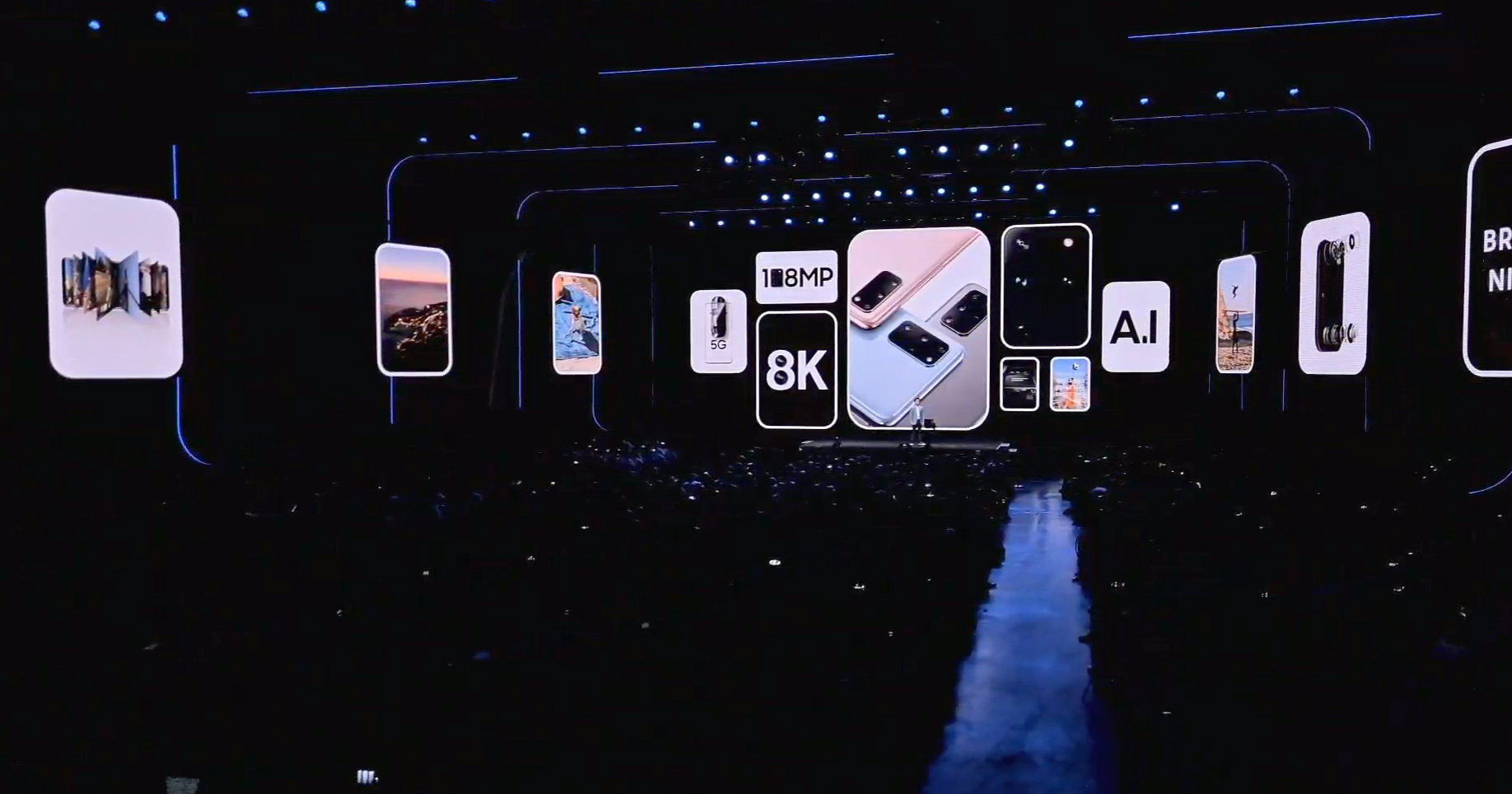
Samsung announced a new trio of Galaxy smartphones at its Unpacked 2020 event in San Francisco, including the Galaxy S20 5G, Galaxy S20+ 5G, and Galaxy S20 Ultra 5G.
As it did last year, Samsung chose to launch three versions of the same device, with some differences between them. They maintain some of the same design principles of previous models, but change things up quite a bit in other respects. There’s also a new pair of true wireless earbuds with the Galaxy Buds+, as Samsung looks to improve upon its previous efforts there.
There was a lot to look at Unpacked, and I got some hands-on time with all the devices to get an idea of what to expect.
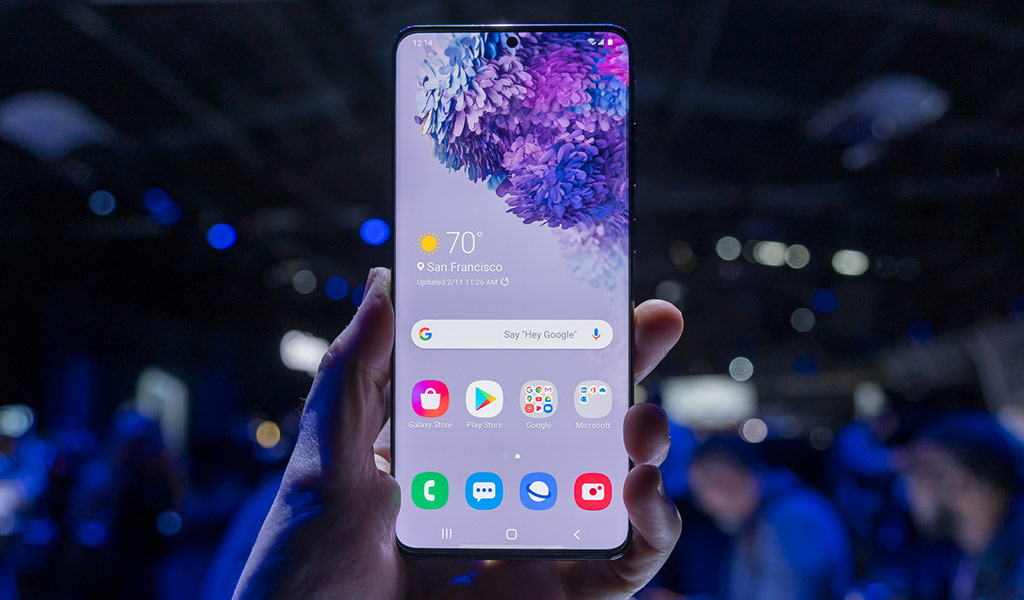
S20 Ultra 5G focus
Of the three, the flagship is the Galaxy S20 Ultra, which sports a huge 6.9-inch Infinity O-Display, making it the largest Samsung device (by screen size) to date. One wonders if the company will hit the 7-inch barrier with the next Galaxy Note, but time will tell later this year.
Key to the Ultra’s appeal lies in the additional camera features and 5G connectivity that is supposed to put the phone on a different level in both areas. Those also come with a few visual changes that I noticed. The hole punch for the front-facing camera is no longer on the top right, but rather in the middle. And instead of two lenses, there is now just one.
The phone runs on a Qualcomm Snapdragon 865 processor and can come with up to 16GB of RAM. Storage options are either 128GB or 512GB, but with a big enough microSD card, that number can shoot up to 1.5TB.
This is the phone that has a 108-megapixel camera in the rear, the ability to zoom in up to 100x and capture video in 8K. There are nuances to all these features that I will better learn and understand when I review the phone, but the camera additions are intriguing.
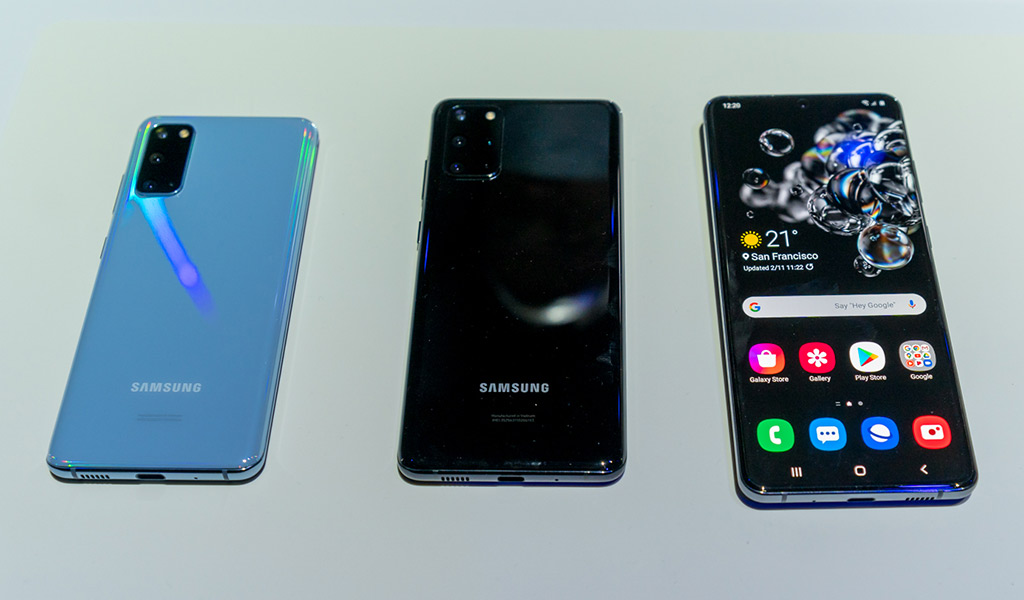
The Galaxy S20 5G and S20+ 5G
Samsung didn’t chip away too much from these two devices to get similar specs. The Galaxy S20+ has a 6.7-inch Infinity O-Display, making it still bigger than last year’s Galaxy S10+. Rather than a 108-megapixel camera, it will come with a 64-megapixel telephoto one, though many of the same camera features will apply here.
The Galaxy S20 is the smallest of the trio with a 6.2-inch Infinity O-Display. It’s very similar in size and weight to last year’s Galaxy S10, and easily the best for one-handed use. Its specs are very similar to the S20+, except the camera features aren’t all the same.
In fact, compared to the Ultra, which has a 48-megapixel telephoto lens, the other two S20 handsets don’t have anywhere near the same capability on the main lens. The image sensor is smaller in both cases, and without all the extra resolution, capturing greater detail for cropping isn’t going to be as easy. Again, I’ll have to test this further, but the numbers do paint that kind of picture.
Like the Ultra, these two phones have gorgeous displays. Samsung knows how to make a good screen, and these three won’t disappoint. They are fingerprint magnets everywhere else though. The glossy finishes make them look sleek, but smudges will leave you reaching for a microfibre cloth in short order.
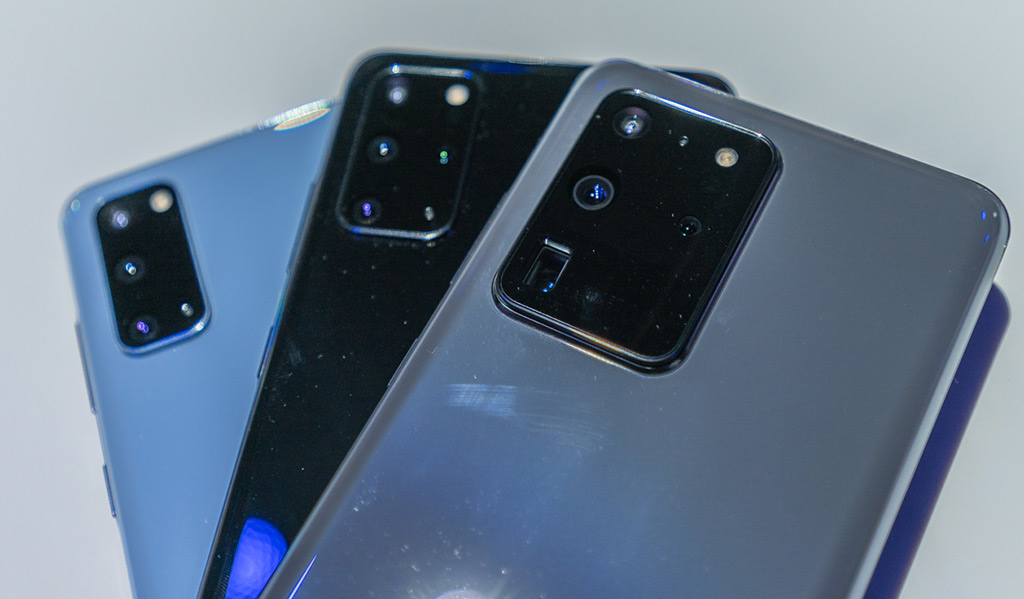
New camera features
Samsung has been known to take gimmicky chances in the past, but a couple of new features do seem practical. Single Take will capture a scene with all the rear lenses and help you select the best of the bunch. It’s a little like taking a video, only you’re giving the cameras time to shoot multiple shots at once.
This means you can get shots in ultra-wide, cropped, Live Focus, and then a couple more on top of that. Even a video clip is thrown in there. That’s not bad for ensuring you catch the right moment, but I’ll reserve judgment until I’ve actually tested it out.
I’m less bullish on the Space Zoom feature Samsung touted. Zooming in on anything at 100x zoom (which only the Ultra can do) is less about taking a good photo and more about peering at something from a considerable distance. The image quality at that range is awful, and without a tripod, it’s almost impossible to keep it steady enough to even see anything.
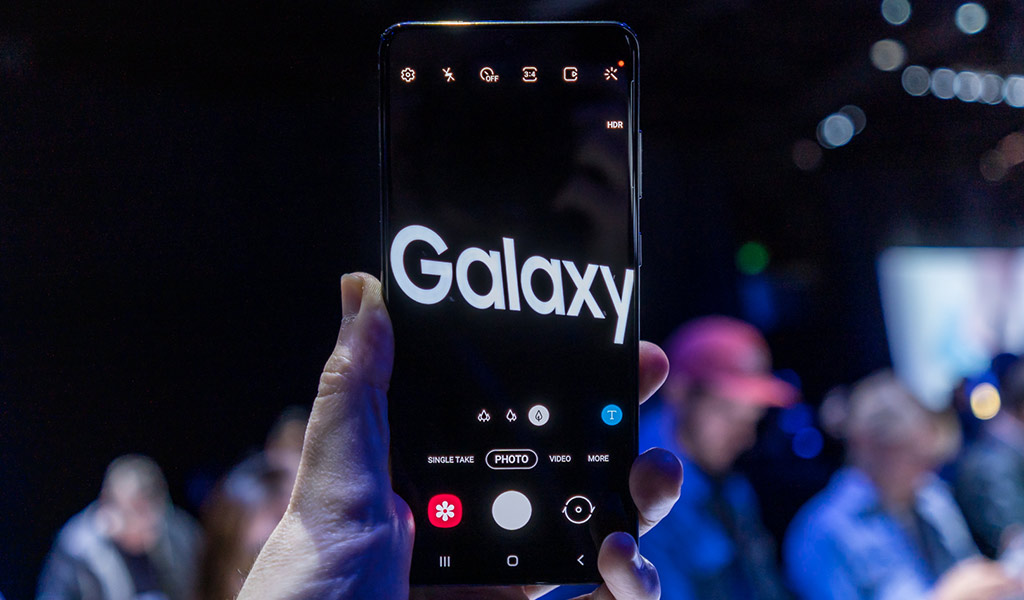
The 5x optical zoom is more useful, as is the 10x hybrid zoom, even though I loathe digital zoom for the degradation it causes. Still, it appears that the hybrid approach might yield decent shots. The highest you can go on the S20 and S20+ is 30x zoom, but the 10x hybrid zoom also works.
Then there’s the ability to shoot video at 8K resolution. This is naturally interesting, but I’m not sure it’s totally practical yet. Not everyone has an 8K TV. Plus, the feature will only work in the standard video mode. Despite Samsung adding a Pro Video mode with full control over composition, 8K isn’t available as an option there.
One cool thing I like is that you can grab a still photo from an 8K clip at 33-megapixels. I’ll be putting that in action once I test out the new phones.
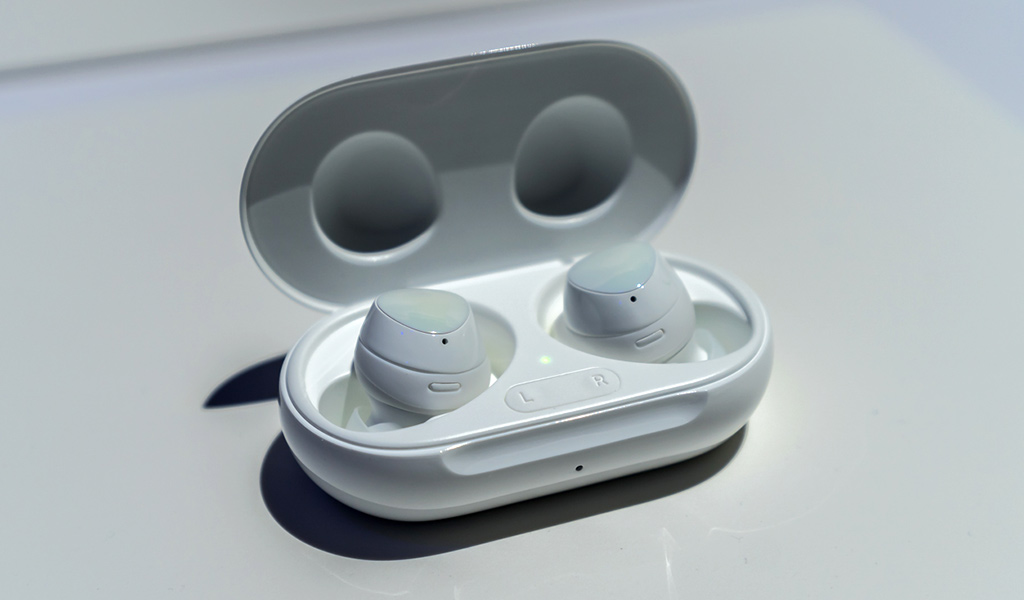
New Galaxy Buds+
Not surprisingly, Samsung is also coming out with new true wireless earbuds. The Galaxy Buds+ should sound noticeably better than their predecessors, courtesy of 40 percent larger speakers with a tweeter and woofer. There are now three microphones—one inner, two outer—to improve call quality.
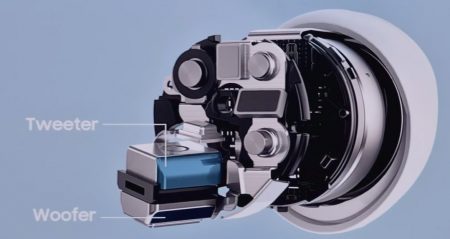 I was given a pair at the event and have been listening to them since. They do seem to sound clearer, though getting a good seal with the right eartips is vitally important. Otherwise, a lot of ambient noise seeps in. There’s an electronic ambient mode to let in outside noise for safety and to converse without taking the buds off. All that, along with many other settings, are in the Galaxy Wearable app for Android and iOS.
I was given a pair at the event and have been listening to them since. They do seem to sound clearer, though getting a good seal with the right eartips is vitally important. Otherwise, a lot of ambient noise seeps in. There’s an electronic ambient mode to let in outside noise for safety and to converse without taking the buds off. All that, along with many other settings, are in the Galaxy Wearable app for Android and iOS.
There’s also a new Spotify integration where you can access the popular music streaming service with ease. Long-pressing one of the buds will wake Spotify and play recommended tracks tailored to you if you’re a subscriber.
Coming soon
Reviews for these devices are coming to the blog. Pre-orders for the Samsung Galaxy S20 Ultra, Galaxy S20+ and Galaxy S20 are available now, with the phones officially coming to market on March 6. The Ultra will come in cosmic black and cosmic grey, while the S20+ will come in cosmic black, cosmic grey and cloud blue, and the S20 will come in cosmic grey and cloud blue.



